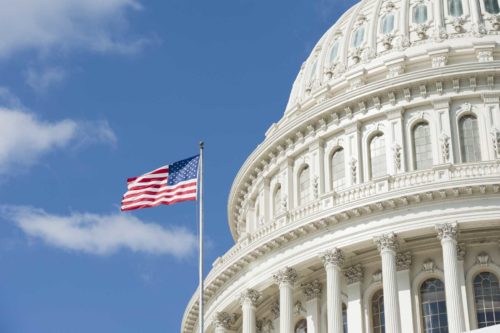
US Policy
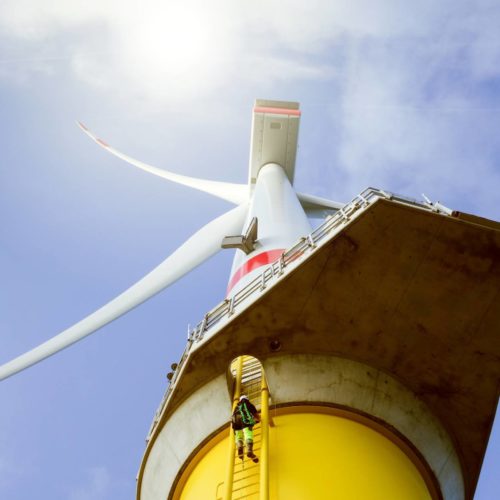
Climbing the Ladder of Ambition to Meet US Climate Targets
It’s Climate Week 2021 and the United States has never been closer to taking the bold steps needed to address the climate crisis.
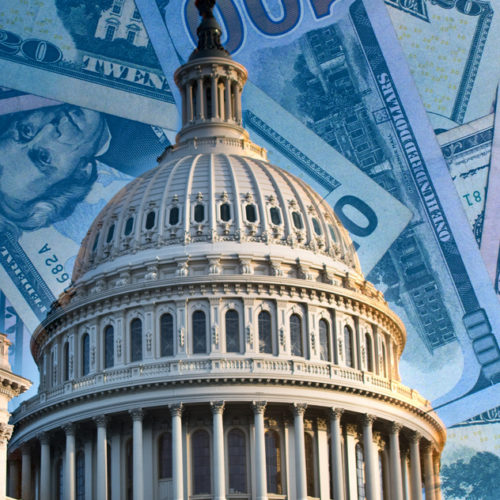
Don’t Take Existing Energy Transition Funding for Granted
In the United States, while all eyes have been on the bipartisan infrastructure package and reconciliation bill, local leaders should not lose sight of the funding that already exists to accelerate the transition to a clean energy economy. To be fair, the promise of new federal programs to support a…
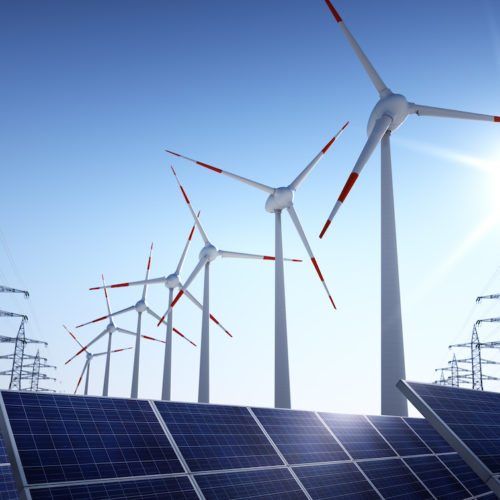
Getting Climate Policy Right in the Infrastructure Bills
The current infrastructure bills being crafted and debated in Washington, D.C. could not come at a more dramatic time. Across the United States we are seeing heat records shattered, supercharged wildfires, mass die-offs of sea creatures, and flooding in cities. Fittingly, these infrastructure packages would represent the largest US investments…

Strategic Tax Credits to Decarbonize Buildings
There is much talk about the urgency of climate change and how federal policy is currently being crafted to address it. However, there remains a critical need for targeted tax credits for zero-carbon buildings and retrofits. Buildings are the largest single contributor of global greenhouse gas (GHG) emissions, producing approximately 40 percent of global emissions. To meet…
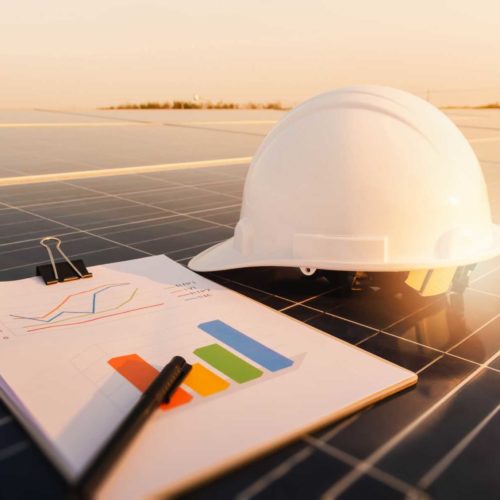
Simple Tax Changes Can Unleash Clean Energy Deployment
According to the latest US government inventory, solar will account for 39 percent of the electric generation capacity added in 2021, and wind will constitute a further 31 percent. With current technology costs and policy incentives, renewables are now unquestionably the cheapest generation assets to build and operate.